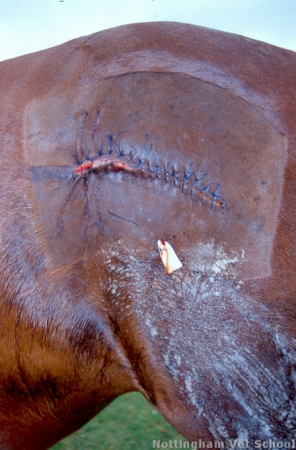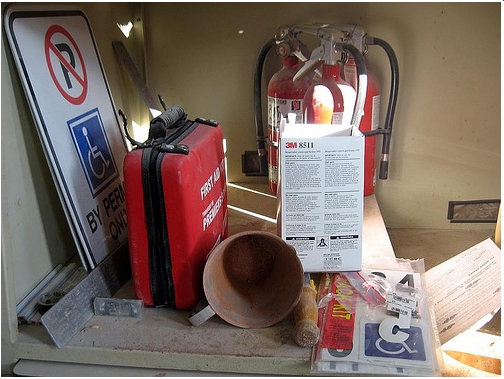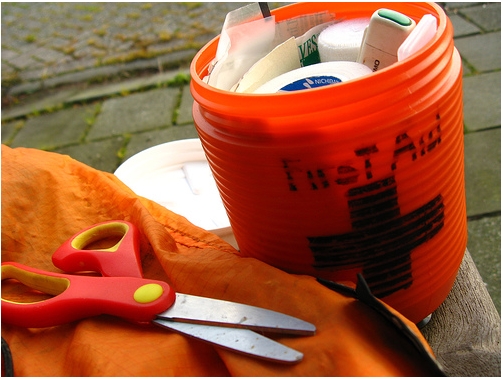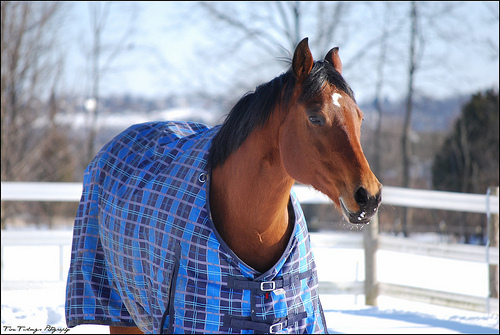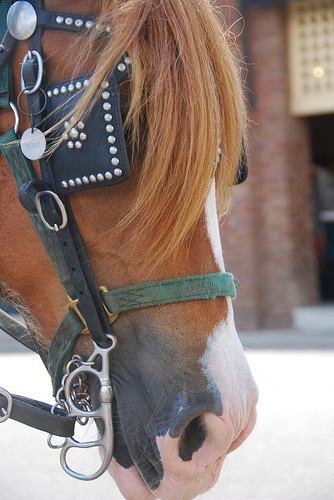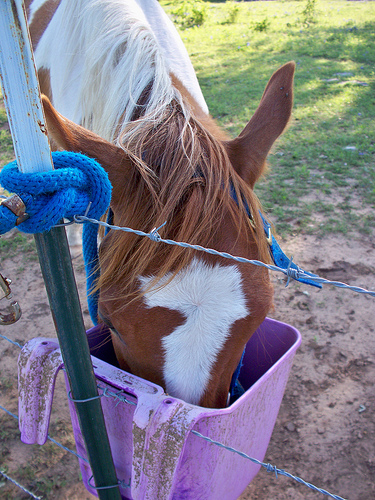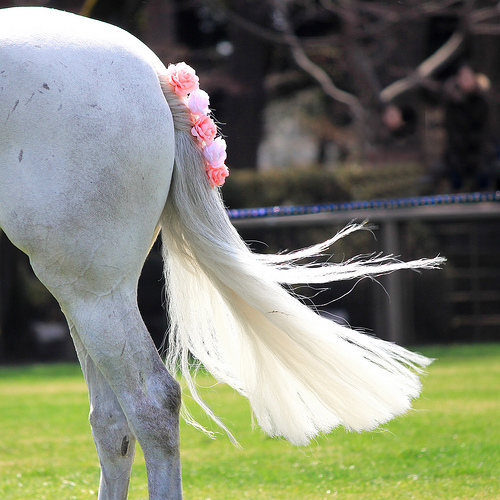Being a horse owner means sooner or later you will need to become acquainted with tending to major and minor wounds. That’s because a horse is more susceptible to cuts, bruises and lacerations than any other domesticated animal. They are constantly roaming the pastures, getting stuck between the fences, hurting their neck on a sharp thorny branch – basically, they are almost always getting wounds that need tending.
You may eventually need to take the horse to the vet, but you will still have to give some initial first aid. And for this you will obviously need a good first aid kit – so here’s a guideline for a good horse first aid kit –
Any good first aid kit has two aspects to it –
- Important information
- The actual meds
The important information part consists of –
- Contact number of the vet
- Address and contact number of the nearest animal hospital
- And the actual updated inventory of the medicines in the kit
Now to compile a good first aid kit you will need the following –
- A rectal veterinary thermometer – go for the digital variety rather than the glass ones. The former gives faster and accurate readings and also has no chance of breaking.
- Safety scissors with rounded edges so you don’t hurt your horse further.Small sharp scissors – these will be for cutting through stitches.
- Self-sticking bandages for the smaller cuts.
- At least 3”X3” sterile gauze strips – the bigger the better.
- Petroleum jelly to protect the chapped skin when the wound is drying. It’s also helpful when you take the horse’s temperature.
- Gauze bandages and wrapping bandages.
- Antiseptic creams and ointments to keep away infections.
- Sterile Saline water to wash the wounds.
- Betadine solution and Iodine to stem bleeding and disinfect wounds.
- Sterile cotton swabs and alcohol swabs to clean small cuts.
- Rubbing alcohol to sterilize the instruments like tweezers, scissors, forceps etc.
- Epsom salts for an abscessed wound.
- Duct tape for an emergency bandaging.
- Sterile Syringe to flush the wounds.
- Sterile gloves.
And now for additional pointers for your first aid kit –
- Make sure to have a few add-ons which don’t actually fit in your animal first aid kit –
- A pocket first aid guide will be of immense help.
- A small but powerful flashlight.
- A PVC pipe which can be used as an emergency splint.
- Clean buckets that are just for first aid.
- Fly mask to shield an injured eye is also helpful.
- A snake bite kit if you live in snake infested areas.
- A mask for you when you treat the wounds.
- Always have two first aid kits – one for home and one for the road.
- Always keep your first aid kit nearby so that when you need it urgently, you don’t have to waste time looking for it – a designated spot near or in the stable should be fine.
- Keep your first aid kit well stocked and updated. You won’t be able to help your horse if the medication is well beyond its expiry date.
Your horse may be prone to little or big wounds – but it still is up to you to help him in times of need. After all, your horse depends on you completely and serves you loyally. Maintaining a good horse first aid kit and knowing how to give first aid is the least you can do for him.
